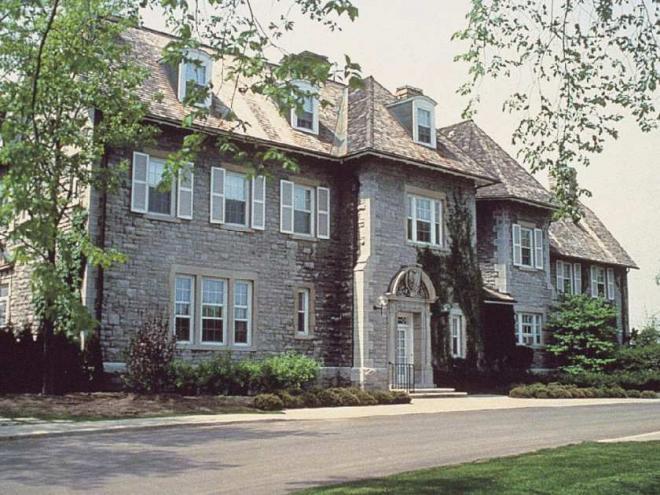OTTAWA CITIZEN, OP ED By Natalie Bull
As Canadians take sides about what should happen next at Canada’s most famous address – Restore heritage? Make it modern and green? Create an architectural showpiece? – you can count me firmly on the side of … yes. Yes to all three, because for the current generation, it’s not an either/or proposition.
There are extraordinary examples right here in Canada of heritage buildings that have been rehabilitated to meet demanding new uses and ignite the imaginations of even the most discerning starchitects. Consider the former Bank of Montreal building in Ottawa, recently renovated to become a stunningly beautiful private space for use by the House of Commons. And the Salt Building in Vancouver, a former industrial building whose conversion earned a LEED Gold rating for sustainable design, not to mention a slew of heritage and design awards.
The National Capital Commission, the government agency responsible for 24 Sussex Drive, will be intimately familiar with Ottawa’s Chambers Building, where it is an anchor tenant. Made up of three heritage buildings integrated with a modern office tower, the complex is owned by Allied Properties REIT – a profitable property management firm that sees older buildings as a strong market niche and a solid long-term investment.
Comparable success stories notwithstanding, many say 24 Sussex is just not significant, and not worth the trouble or the expense. Certainly no one has taken much trouble or expense with the place in decades. In fact, despite a level of heritage significance deemed by the Government itself to be on par with the Parliament Buildings, it’s a shocking victim of “demolition by neglect” – a longstanding failure to invest and maintain that was well documented by the Auditor General in 2008. (Five years earlier, that same Auditor General predicted that heritage in the hands of the federal government would be lost to future generations unless something was done to turn the tide. Nothing’s been done, while Canada’s lighthouses, other federal heritage buildings and national historic sites remain at risk.)
Like most Canadians, I’ve never gained entry to 24 Sussex, and don’t expect to. However, like countless Canadians and a continuous stream of visitors from near and far, I have stood on the sidewalk outside the iron gates, hoping for a historic sighting against the backdrop of cool grey limestone and green gardens. Why do we go there? Because it is a place that matters: a symbol, a landmark, and a touchstone with people and events that have shaped our national story. Built for a lumber baron in 1868, it has housed 11 prime ministers (12, if you count our new PM, who lived there as a child). It has hosted foreign dignitaries – Winston Churchill, the Queen and the Kennedys, to name a few. And it’s part of a heritage enclave that includes Rideau Hall, the French Embassy and the British High Commissioner’s residence. It is the real thing, with layers of history intact – not just a reference on a plaque or a photo at the archives.
Why save 24 Sussex? The real question is why we wouldn’t. There are dozens of talented conservation architects in Canada who would relish the chance to protect and celebrate what’s great about the place – its stones and its setting, its patina and memories – and at the same time bring new green technology and inspired design to the equation.
Investing in making 24 Sussex a comfortable, sustainable residence that showcases Canadian design, technology and history? I can’t imagine a better way for Canada to show what it values.
Natalie Bull is Executive Director of the National Trust for Canada, a national registered charity that has been helping Canadians protect places that matter since 1973.
